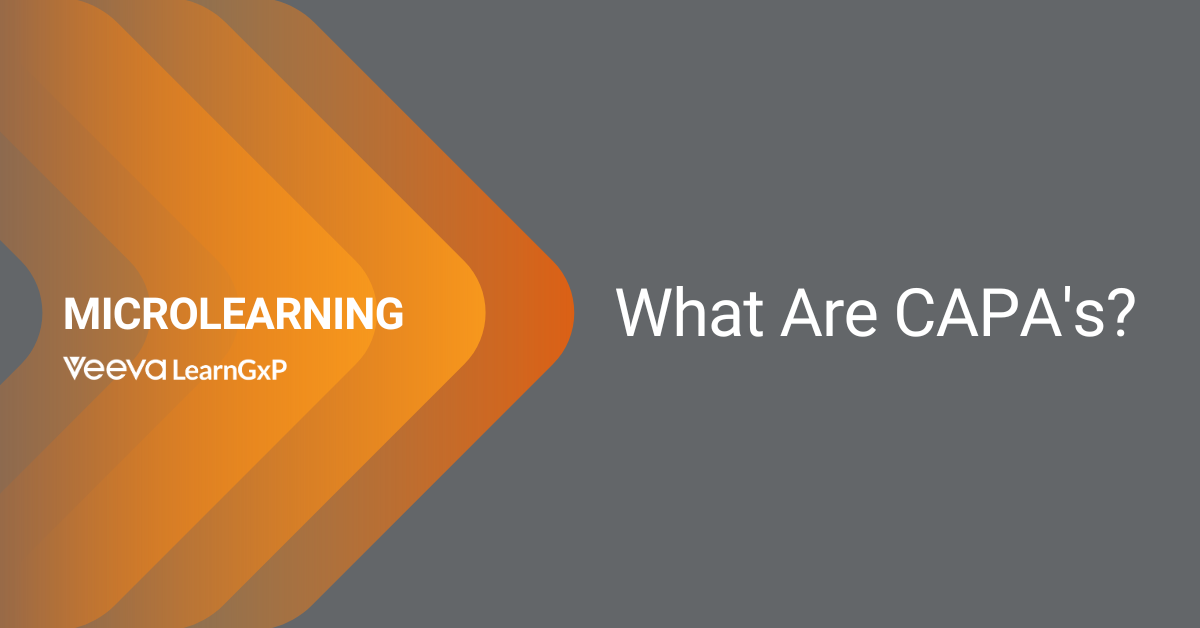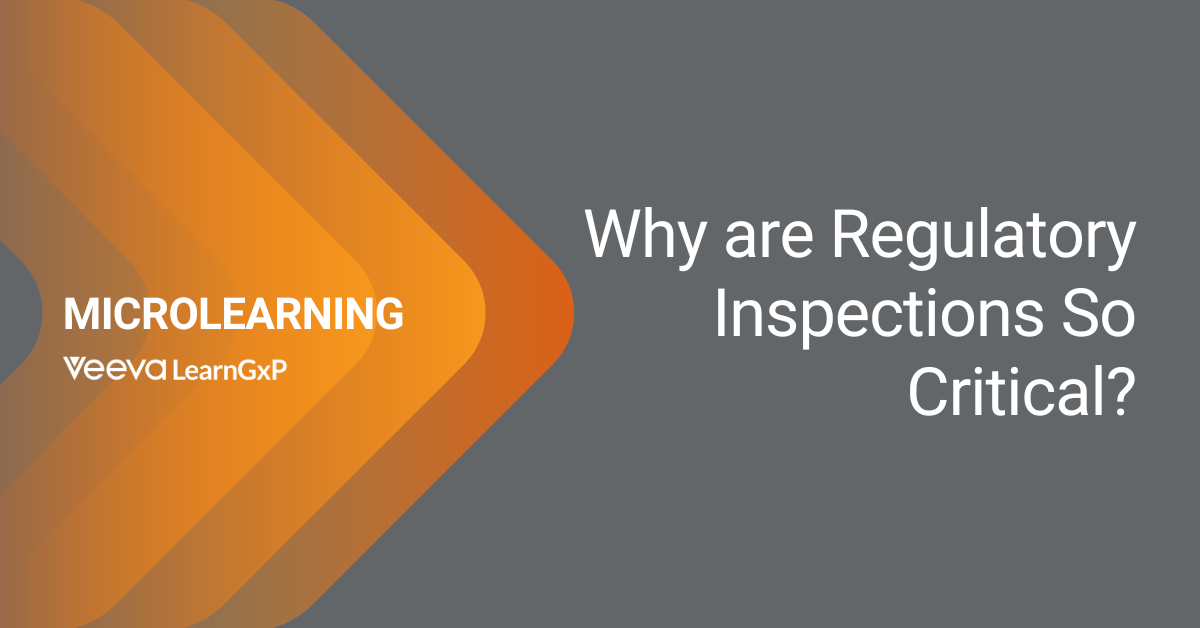The objective of this study is to explore the understanding of Pharmaceutical Excipient Factors affecting the Tablet Formulation and Regulatory requirements. The majority of excipients used in the manufacture of solid oral dosage forms has existed for the past two or three decades, many of them continue to be used today for large scale tablet and capsule manufacturing. Tablet product design requires two major activities.
First, formulation activities begin by identifying the excipients most suited for a prototype formulation of the drug.
Second, the levels of those excipients in the prototype formula must be optimally selected to satisfy all process/product quality constraints.
Introduction
Pharmaceutical excipients (non active) are substances other than the pharmacologically active drug which are included in the manufacturing process or are contained in a finished pharmaceutical product dosage form.
Excipients may also be important for keeping the drug from being released too early in the assimilation process in places where it could damage tender tissue and create gastric discomfort or stomach upset.
Pharmaceutical Excipient Factors Affecting Tablet Formulation
Excipient Functionality – Can only be properly assessed in the context of a particular formulation and manufacturing process. Functionality is linked inextricably to the formulation and process and all formulations are different.
Excipient Grades – Many excipients for pharmaceutical use are available in different grades. These grades are differentiated frequently by means of physical and chemical characteristics. The reason for grades is to change the performance characteristics of excipients.
Impurity Profile – An impurity profile is defined as “the materials, other than concomitant components and foreign substances that are present along with the intended excipient chemical”. A concomitant component is a substance found in an excipient that is not the intended chemical entity but that may be necessary for ensuring the proper performance of the excipient in its intended use. Impurities are classified as organic, inorganic and residual solvents.
Formulation Design – Fewer ingredients in the formulation are better for the following reasons:
- Excipients are not completely inert. Even commonly used excipients that are deemed to be pharmaceutically inactive and nontoxic may cause adverse reactions;
- Less ingredient variability to influence process and product consistency;
- Better economic efficiency in product manufacturing;
- Less probability of chemical or physical interaction between API and excipients and among excipients.
Drug-Excipient and Excipient-Excipient Interaction – Interaction between drugs and excipients can occur by means of several possible mechanisms, including adsorption, complexation, chemical interaction, pH effects and eutectic formation resulting in drug products with desired or undesired properties. E.g. Based on Henderson – Hasselbalch Equation, Alkalinizing agents (Sodium Bicarbonate, Sodium Carbonate, Magnesium Oxide, etc.) and Acidifiers (Citric Acid, Tartaric Acid, Malic Acid, Fumaric Acid, etc.) can influence the microenvironment pH significantly and may have major influence on drug solubility for acidic and basic drugs. An excipient-excipient interaction sometimes can be used as a formulation strategy to achieve desired product attributes. (E.g. the viscosity of Xanthan gum is increased in the presence of Ceratonia)
Holistic Formulations – Formulators must consider the following factors while designing holistic formulations– physiochemical properties, stability and compatibility issues, pharmacokinetic attributes, permeation characteristics, segmented absorption behavior, drug delivery platforms, intellectual property issues and marketing drive.
Regulatory Requirements
Testing Excipient Batches – The cGMP regulations for finished pharmaceuticals [21 CFR 211.84 (d)(1) and 21 CFR 211.84 (d)(2)] require that before using an excipient in the manufacture of drug product, the drug-product manufacturer must perform at least one test to verify the excipients identity and must demonstrate that the excipient conforms to appropriate written specifications for purity, strength and quality.
Sampling – Collecting (n0.5 + 1) number of samples for a shipment of excipient batch received is justifiable. (where n is the number of containers received for an excipient lot).
Excipient Vendor Qualification – Vendor qualification begins with receipt of a completed questionnaire and generally followed by an on-site assessment of the excipient manufacturer by a trained auditor. Many drug-product manufacturers and excipient distributors do not perform all monograph tests on their excipients after qualifying their vendors. Every 3rd lot of the excipient a drug-product manufacturer receives is fully tested by 3% of them, 5th lot by 7%, 10th lot by 29% and the remaining 61%.
Periodic or Skip Testing of Excipients – The International Conference on Harmonization (ICH) guidance Q6A defines periodic or skip testing as “the performance of specified tests at release on pre selected batches and/or at predetermined intervals, rather than on a batch-by-batch basis, with the understanding that those batches not being tested still meet all acceptance criteria established for that product”.
World Health Organization (WHO) defines periodic or skip testing as “the performance of specified tests at release on preselected batches and/or at predetermined intervals, rather than on a batch-to-batch basis, with the understanding that those batches not tested must still meet all the acceptance criteria established for that product”.
An approach, which allows for skip testing based on a satisfactory product quality history alone, is not acceptable from a cGMP standpoint because such an approach does not adequately verify that each lot meets all of its specifications.
Federal Food, Drug and Cosmetic Act and 21 CFR – Section 201 (g) of the FD&C Act defines a drug in part as an article recognized in an official USP and NF as well as an article intended for use as a component of a drug or drug product. Consequently, USP-NF excipients intended for the drug market must comply with USP-NF standards, regardless of whether the labeling on shipments of the excipient include the USP-NF designations.
Section 501 (a)(2)(B) of the FD&C Act requires that drugs, including excipients meeting the definition of a drug in Section 201 (g) of the Act, be manufactured in conformance with current Good Manufacturing Practices. Hence, according to the Act, all excipients intended for use in the manufacture of a drug product, whether or not the excipient is listed in the official USP-NP, must be manufactured in conformance with current Good Manufacturing Practices.
Conclusion
Excipient manufacturer must realize that a change in excipients profile may change the impurity profile of drug product which would have serious regulatory ramifications to the drug manufacturer. The excipients impurity profile can be an important tool in establishing the excipients authenticity.
Understand the formulation and make justifiable selections and adjustments based on the knowledge of special characteristics of ingredients and plan meticulously to get the most out of excipients at the preformulation stage. The key to a successful formulation is to understand the API, excipients, their interaction and process parameters.
References
- R. Christian Moreton. Excipient Functionality. Pharmaceutical Technology. May 2004;
- Irwin Silverstein. IPEC-America’s Updated Significant Change Guide for Bulk Pharmaceutical Excipients. Pharmaceutical Technology. March 2005;
- Dorothy Chang and Rong-Kun Chang. Review of Current Issues in Pharmaceutical Excipients. Pharmaceutical Technology. May 2007;
- B. Mechtersheimer and H. Sucker. Pharmaceutical Technology. 10:38 (1986);
- L. L. Augsburger and R. F. Shangraw. J. Pharm. Sci. 55:418 (1966);
- Brian Carlin, Dale Carter, Moira Griffiths, Gregory Larner, Kevin Moore, Barry Rothman et al. Joint Position Paper on Pharmaceutical Excipient Testing and Control Strategies. Pharmaceutical Technology. September 2007.





